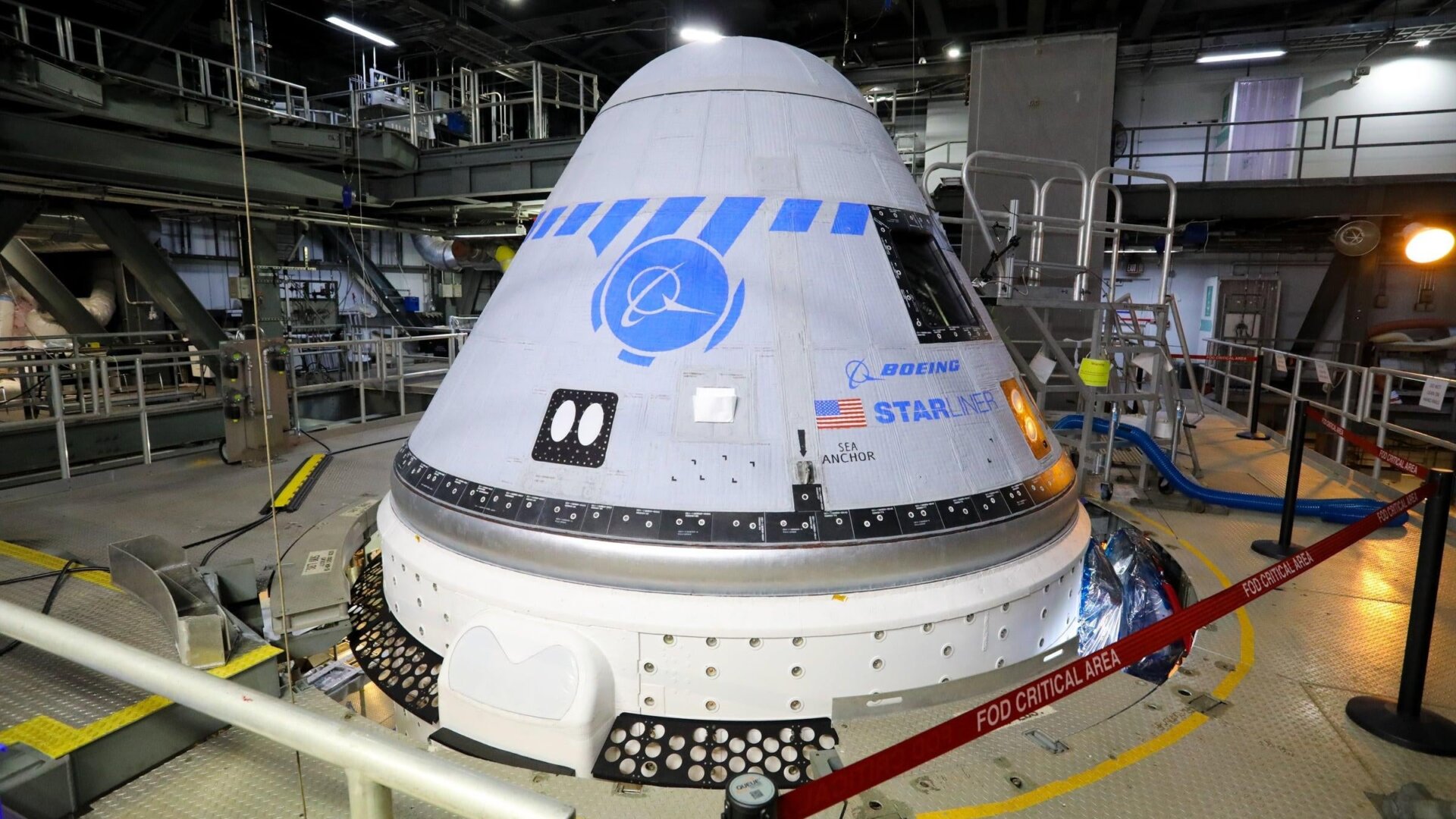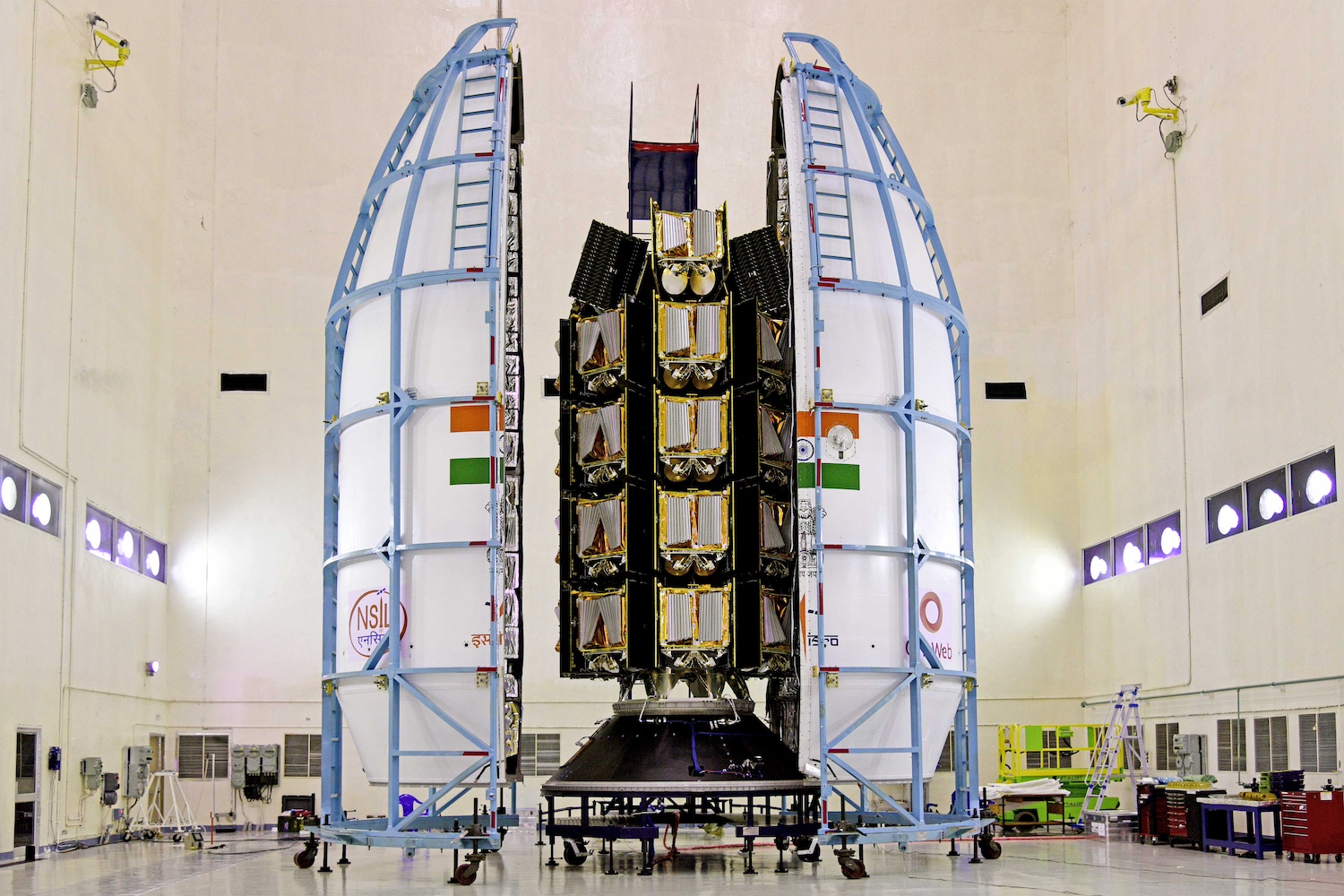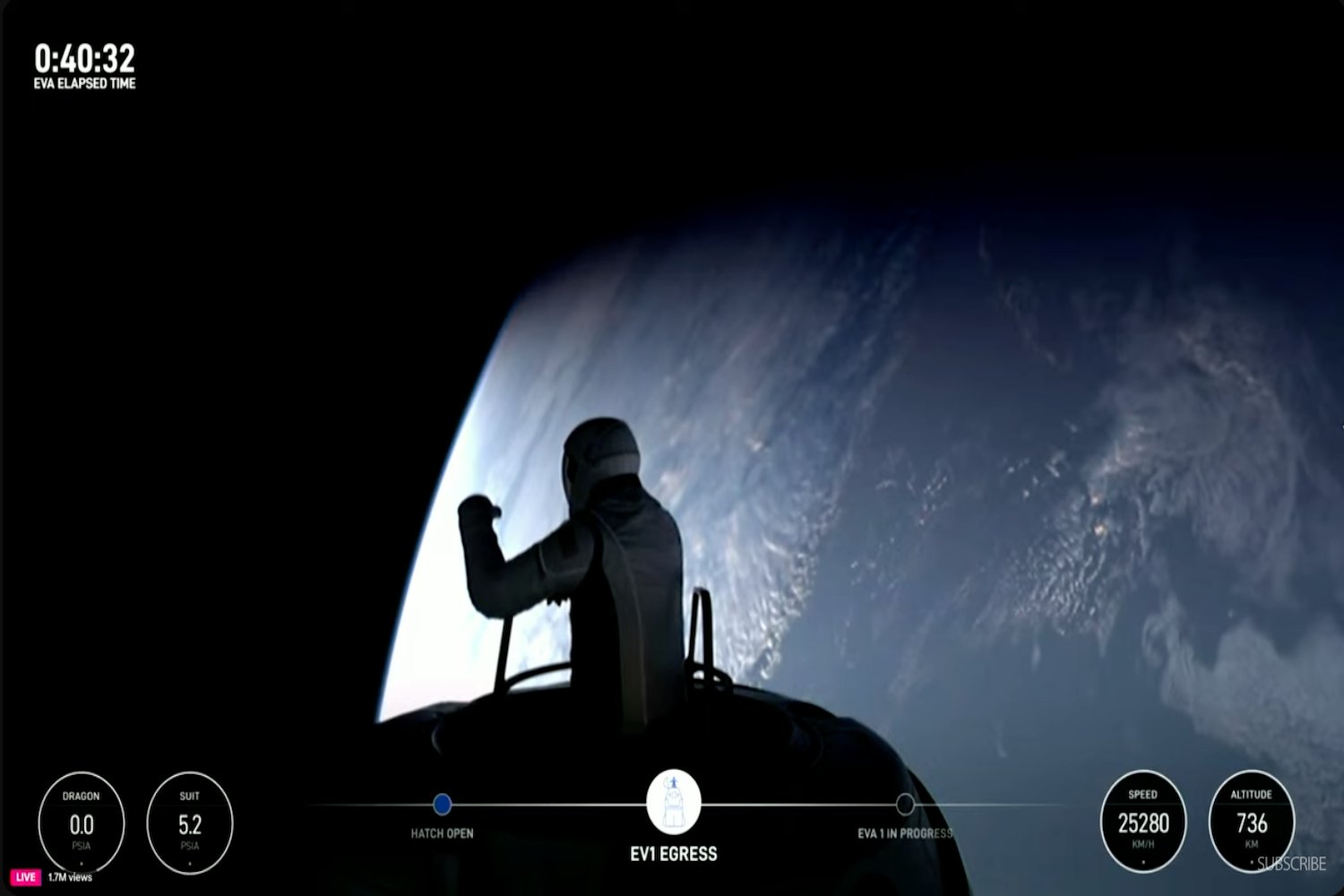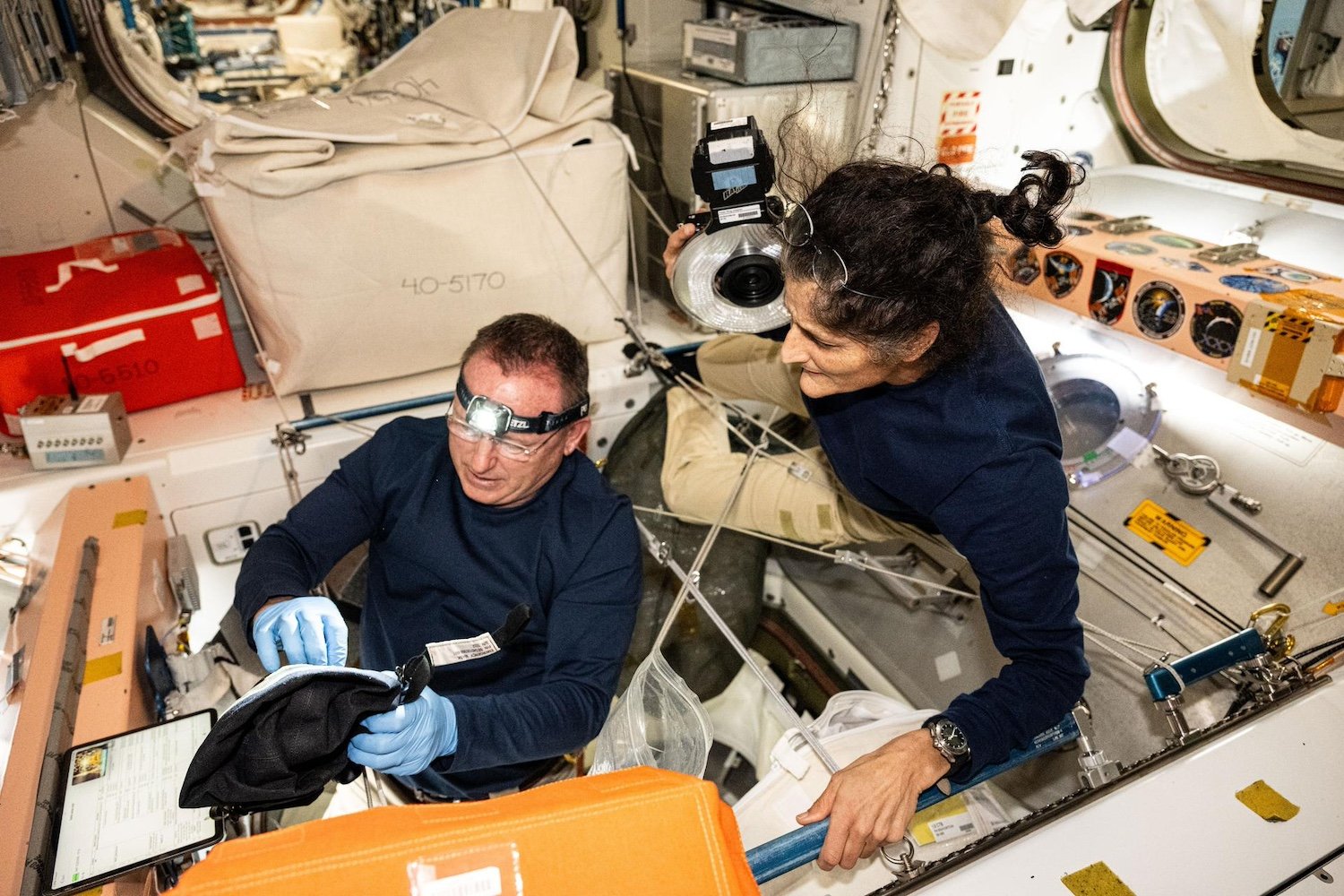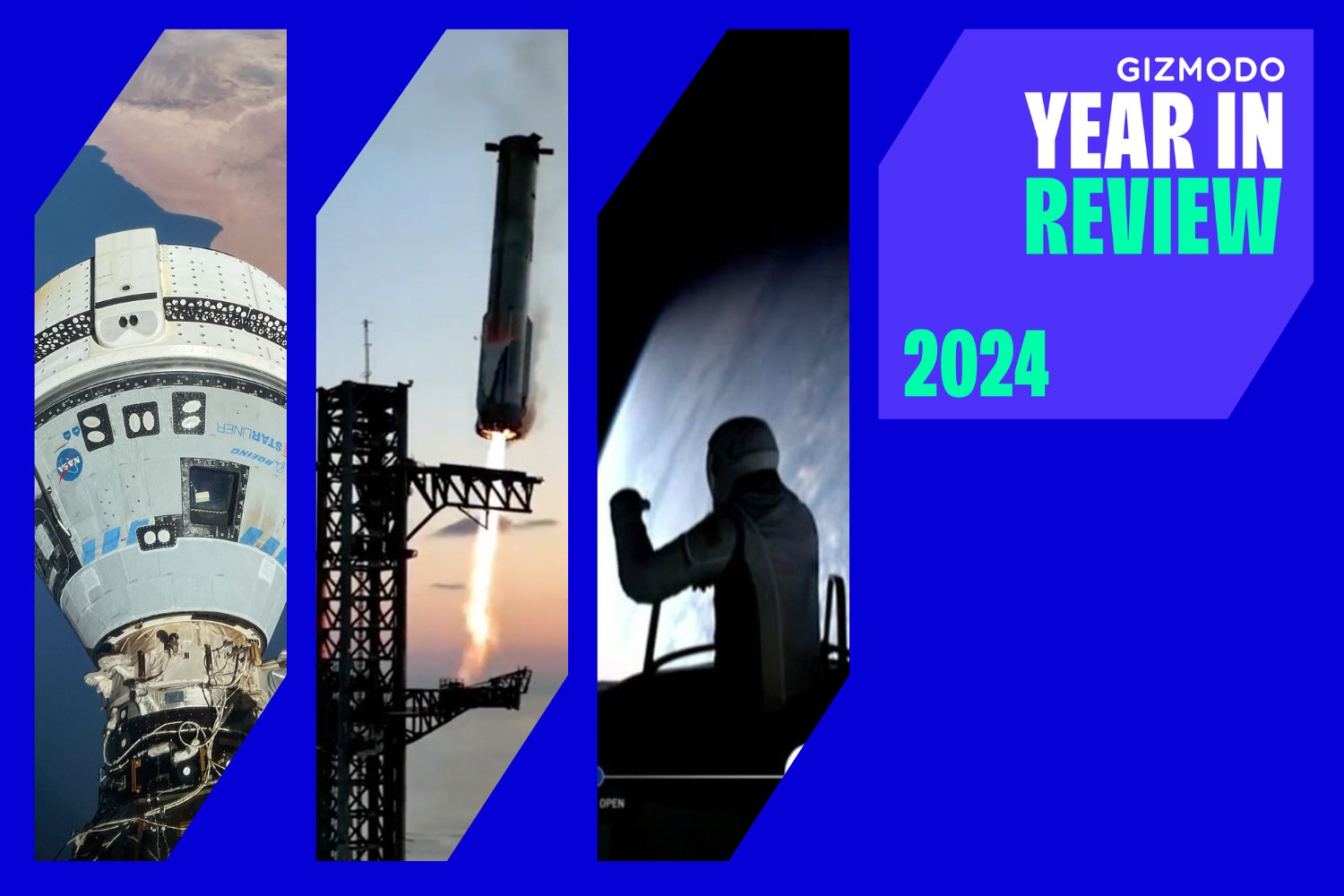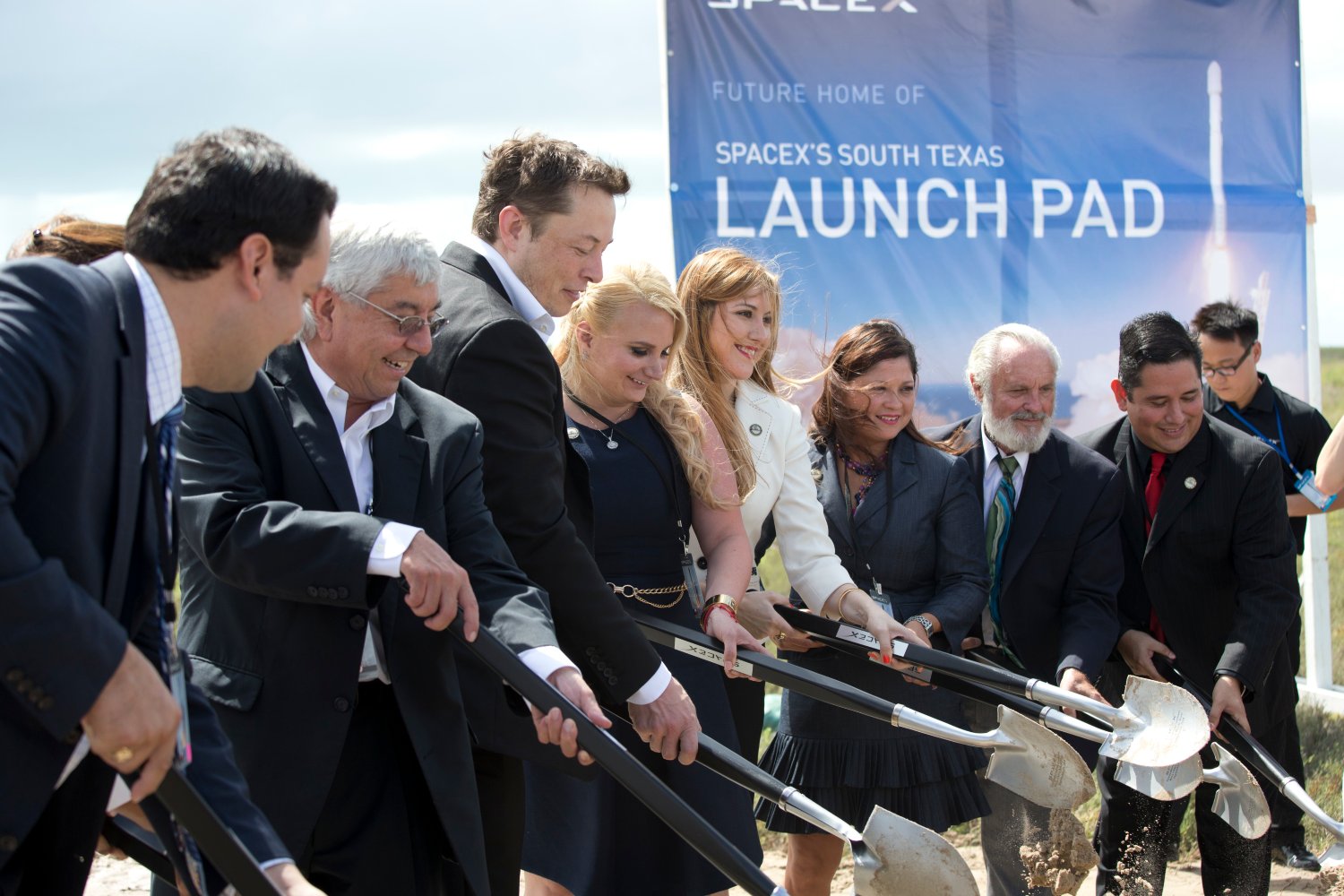Engineers with Boeing and NASA are honing in on the root cause of a technical glitch that resulted in the cancelation of a Starliner test launch. A promising theory suggests moisture got into the spacecraft’s propulsion system, causing critical valves to get stuck. As to how this moisture got in, however, is now a question in need of an answer.
“The time has come for us to bring Starliner back to the factory,” John Vollmer, vice president and program manager of Boeing’s Commercial Crew Program, solemnly explained during a NASA teleconference held today. The spacecraft will be taken down from the top of United Launch Alliance Atlas V rocket and transported to Boeing’s factory at Kennedy Space Center, which once served as a Space Shuttle processing facility.
Starliner has been parked inside ULA’s Vertical Integration Facility for over a week now as engineers with both Boeing and NASA tried to “restore functionality” to 13 oxidizer valves that failed to open during countdown to launch on August 3rd. It was to be the second uncrewed test flight of CST-100 Starliner and its first flight since late 2019. For the first test, Starliner actually managed to get off the ground and into space, but a software failure prevented it from reaching its intended destination, the International Space Station. Boeing worked its way through numerous fixes over the past year and a half, leading to the now indefinitely postponed Orbital Flight Test-2 (OFT-2).
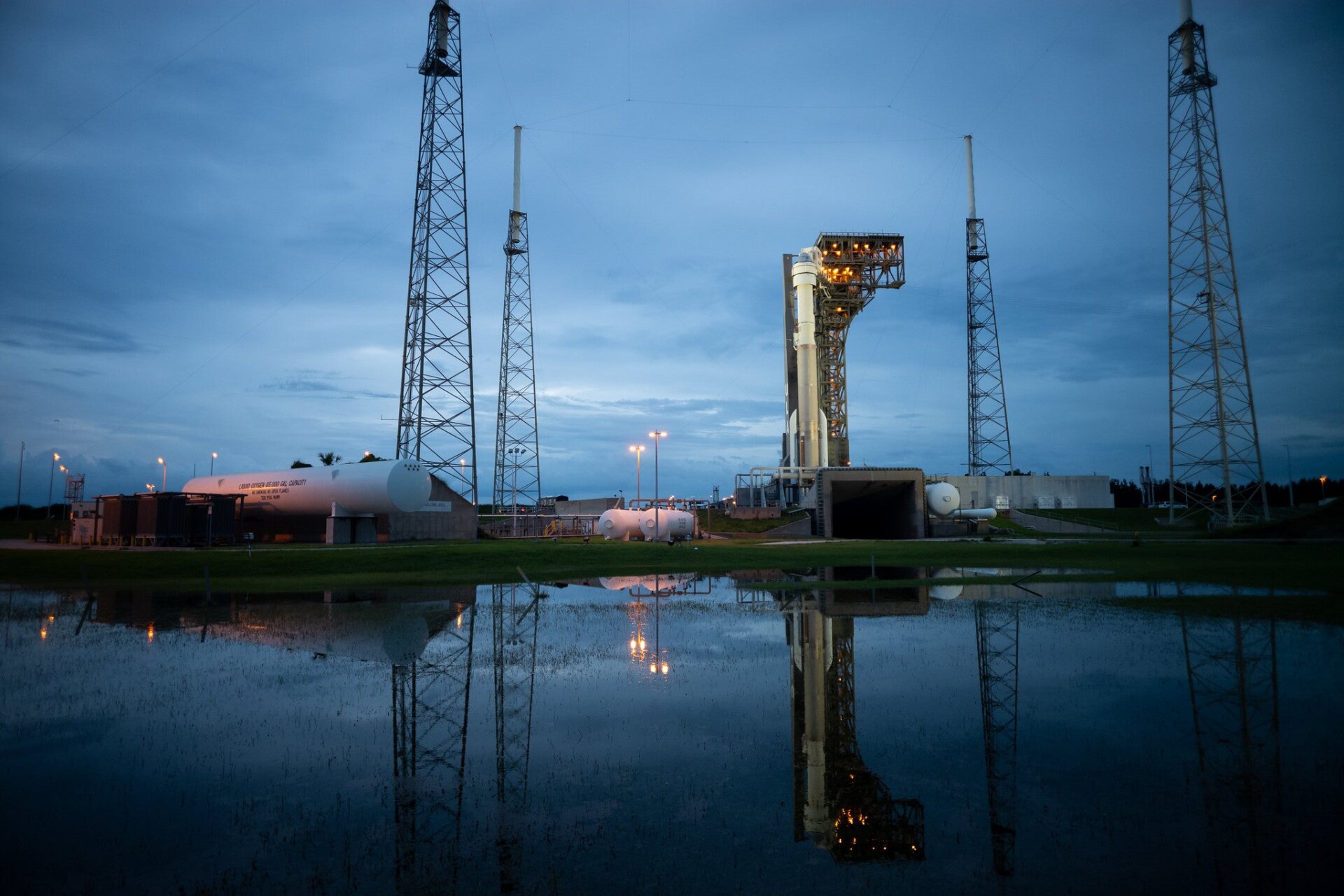
“We’re not frustrated,” Kathryn Lueders, NASA associate administrator for human exploration and operations, told reporters during the teleconference. “We’re just sad,” she said, adding that “we will learn from this.”
Lueders was the designated optimist of the press conference, persistently framing the situation in glass-half-full terms and refraining from directing critical words towards NASA’s commercial partner Boeing.
“We’re going to go fix this problem, and we’re going to move forward,” Lueders said. “And we’re going to fly when we’re ready.” It was a “disappointing day,” she said, but “this is why the demo missions are so important.”
Specialists managed to move seven of the stuck valves by August 10 and nine by August 13. All but four of the 13 valves were recovered, but after having “done everything we can on those,” Boeing “ultimately decided to stop and go back to the factory” where engineers will continue with further troubleshooting, as Vollmer explained. The plan, he said, is to disassemble as little of Starliner as possible to minimize tweaks to the current configuration.
Vollmer, along with Steve Stich, manager of NASA’s Commercial Crew Program, shared new details about the problem and what possibly went wrong.
Starliner is equipped with 24 oxidation valves, 24 fuel valves, and 16 helium valves. These valves isolate thrusters from propellant tanks, and they need to be open prior to launch. The “most likely root cause” of the problem, said Vollmer, is that moisture somehow got onto the dry side of the oxidation valves, resulting in the formation of nitric acid. Friction from the ensuing corrosion caused the 13 valves to get stuck, according to this theory. The moisture could have entered into the system during assembly of Starliner, during check-outs prior to launch, or while the spacecraft was on the launch pad, as Stich explained.
Vollmer said it’s possible that atmospheric moisture somehow crept into the system and permeated the valve covers. Water splashing in from an intense storm that swept through the launch pad a day prior to the scheduled launch is likely not the source of this moisture, he added. It’s not known if a redesign is required or if preventative measures will do the trick, but it’s “certainly something that needs to be resolved,” said Vollmer.
“We use teflon seals that can withstand NTO [nitrogen tetroxide], which is a very corrosive oxidizer,” Vollmer said. “We know there is permeation through that seal,” so specialists will “have to go back to see if ambient moisture was retained during assembly” of Starliner, or if something else caused the moisture to find its way into the valves afterwards, he said.
To which he added: “There are a lot of things on the fault tree, and a lot of things on the fault tree that interact with each other, but that is so far the leading candidate for the cause of the fault.”
Vollmer said the valves were checked five weeks prior to launch, and they “worked perfectly.” What’s more, it’s the same design as one used during Orbital Flight Test-1 and on pad abort test vehicles. Because rockets launch from Florida all the time, engineers will have to figure out why humidity should suddenly be a problem, if this is indeed the source cause, he said. Only oxidizer valves experienced the problem, and no issue was detected with the fuel or helium valves, according to Vollmer. Had a launch happened, the stuck valves would have affected the performance of Starliner’s OMAC (orbital maneuvering and attitude control) and RCS (reaction control system) thrusters. But as both Stich and Vollmer reminded reporters, rockets are not cleared for launch with valves in the closed position.
No timeline was given for when Starliner might finally get off the ground, but Stich said the OFT-2 mission will “definitely” happen after the launch of NASA’s Lucy, a space probe that will explore Jupiter’s trojan asteroids. Window for that launch starts on October 16 and ends on November 7. Vollmer chimed in, saying it’s too early to tell if Starliner will launch this year, “but we’re hoping for as early as possible.”
It’s a very discouraging and frustrating situation, no doubt. In the meantime, NASA will continue to rely on SpaceX’s Crew Dragon to deliver its astronauts to the ISS.
More: NASA’s 2024 Moon landing is almost certainly not going to happen.
